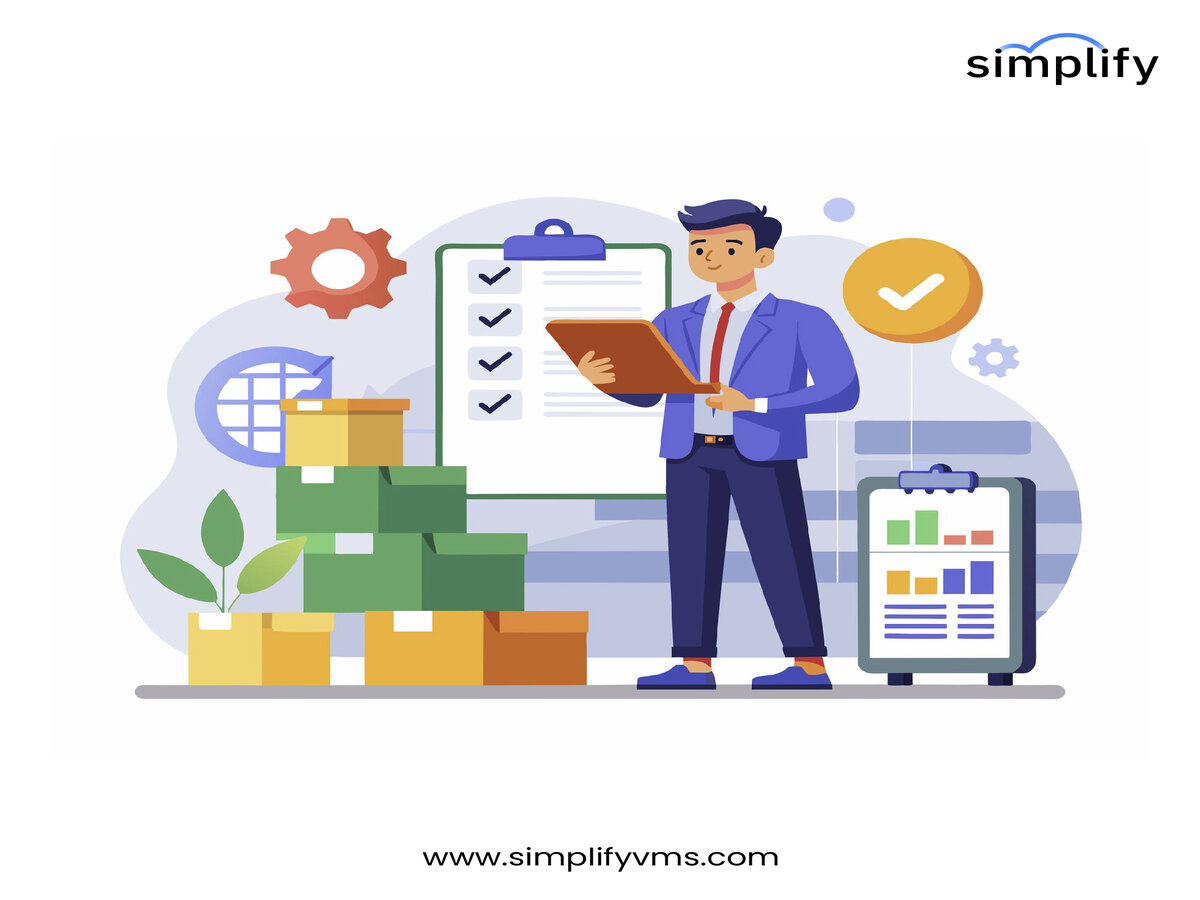
A vendor management system (VMS) is a critical tool in today’s business environment, designed to streamline and optimize how organizations manage their workforce. As businesses increasingly rely on external vendors and contingent workers, effective management of these relationships becomes vital. A VMS provides a centralized platform to handle every aspect of vendor interactions, from sourcing to payments, ensuring compliance and reducing risk.
The Core of a VMS Platform
At its core, a VMS platform is a software application that automates the procurement and management of contingent labor and services. This system allows businesses to track and manage vendors, contractors, and freelancers, providing complete visibility over the entire lifecycle of contingent staffing.
The functionality of a VMS extends beyond simple workforce tracking. It includes features such as:
- Vendor selection and onboarding: Automating the process of vetting and selecting the right vendors based on skills, compliance, and cost.
- Compliance management: Ensuring that vendors adhere to company policies and industry regulations.
- Invoice processing: Automating billing and payment processes to minimize errors and delays.
- Analytics and reporting: Providing insights into spending patterns, performance metrics, and workforce trends to inform strategic decision-making.
These features are designed to create a more efficient, cost-effective, and compliant workforce management process, especially for businesses that heavily rely on contingent staff.
How Direct Sourcing Enhances VMS Efficiency
One of the most significant advancements in the VMS landscape is the integration of direct sourcing. Direct sourcing is the process by which companies build their own talent pools, bypassing traditional staffing agencies. In a VMS platform, direct sourcing allows organizations to directly engage contingent workers, reducing reliance on third-party vendors and lowering costs.
Direct sourcing involves curating a talent pool from existing employees, past contractors, and even passive candidates. This gives organizations access to a high-quality workforce that’s already familiar with the company’s culture and requirements. A well-executed direct sourcing strategy within a VMS allows businesses to speed up time-to-hire, improve the quality of hires, and drive cost savings.
Moreover, direct sourcing provides an opportunity for organizations to improve their employer branding. By creating a seamless process within the VMS for workers to apply, engage, and get onboarded, companies can strengthen their relationships with independent talent and freelancers. This not only enhances the talent pool but also helps retain top-tier candidates for future projects.
The Strategic Importance of a VMS
Adopting a VMS offers strategic benefits that extend beyond operational efficiency. By consolidating vendor and talent management processes into a single platform, businesses gain greater control over their workforce. This centralized approach ensures compliance with labor laws, reduces the risks associated with third-party vendors, and provides real-time data for better decision-making.
The VMS platform also enables companies to navigate the complexities of today’s dynamic workforce, where hybrid and remote working models are increasingly common. As organizations continue to evolve, the ability to manage diverse talent types—ranging from full-time employees to gig workers—through a robust vendor management system will become even more essential.
In conclusion, a vendor management system with integrated direct sourcing capabilities gives businesses a competitive edge in managing contingent labor. By improving transparency, reducing costs, and enhancing compliance, a VMS ensures that organizations can manage their external workforce more effectively and stay ahead in an increasingly flexible and agile labor market.







